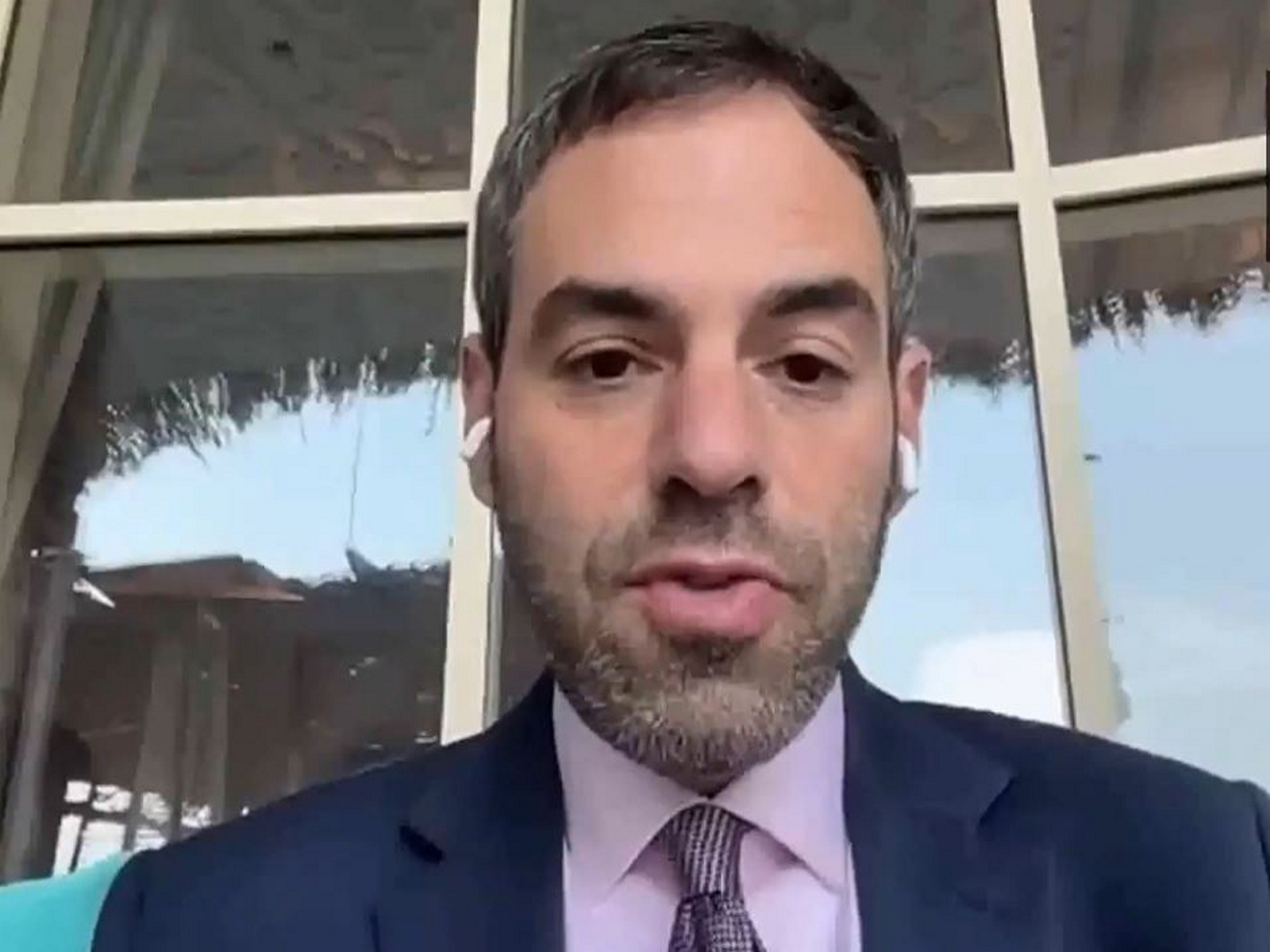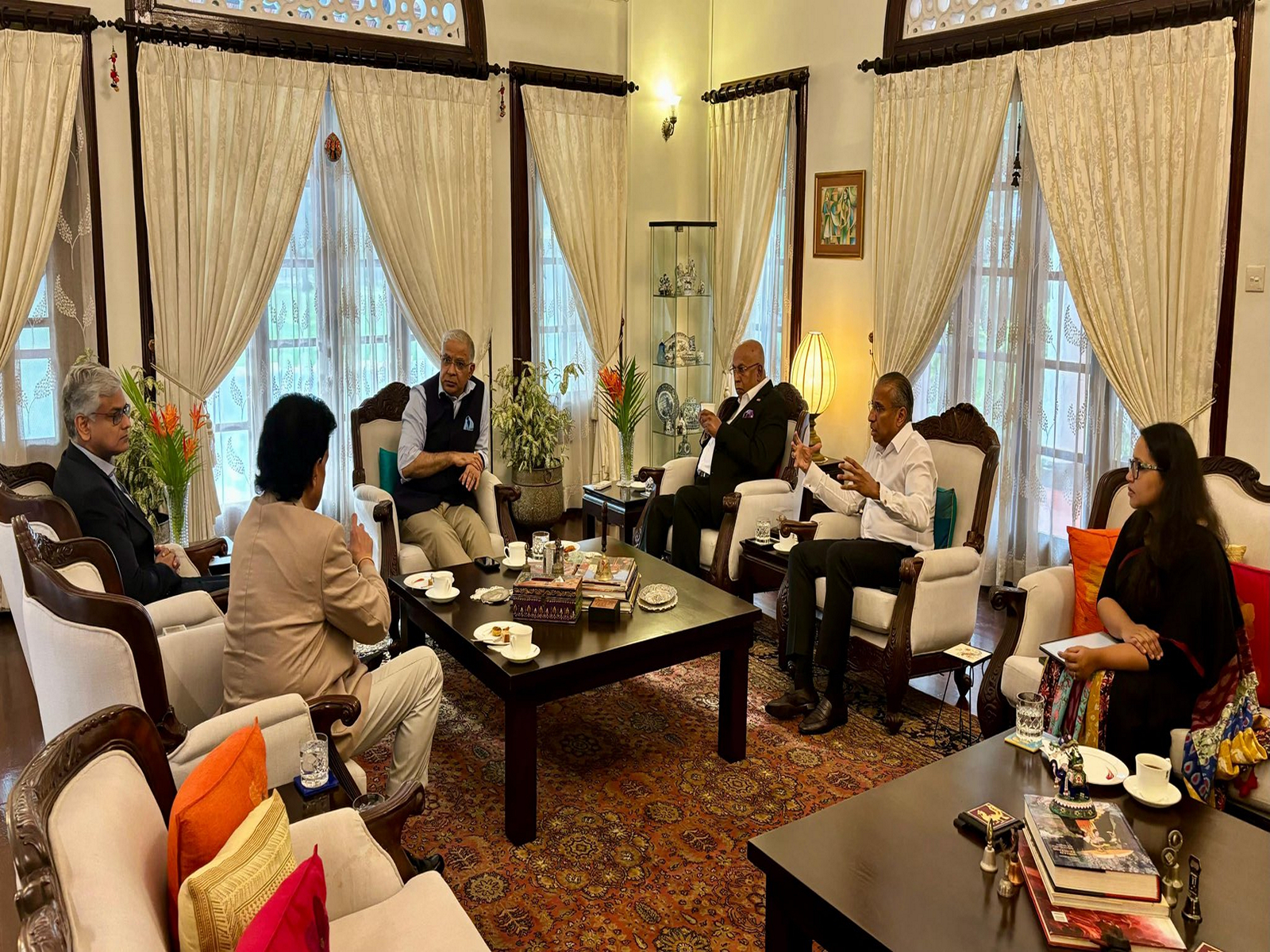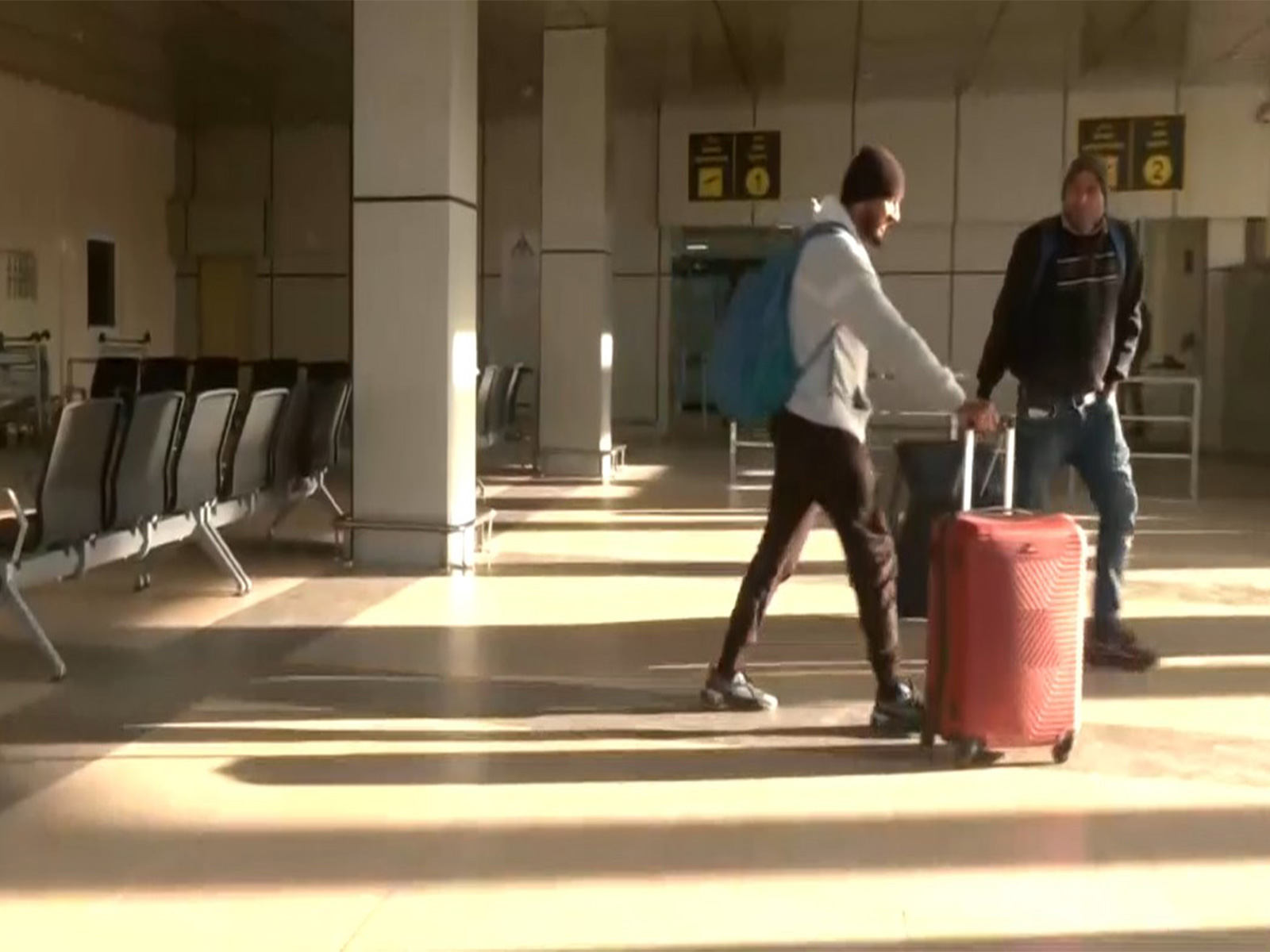PoGB: Lack of roads and services lead to fatal consequences
Aug 22, 2024

Pahot [PoGB], August 22 : Several valleys in the Pakistani-occupied Gilgit-Baltistan (PoGB) are grappling with severe shortages of basic facilities such as schools, roads, and electricity.
Despite being a popular tourist destination, Pahot Valley continues to struggle with inadequate infrastructure, including the absence of hospitals and unreliable electricity, according to a recent report by Markhor Times, a local media outlet.
Residents have expressed their frustrations with the Pakistani government.
One resident stated, "The government is doing nothing for our valley. We haven't seen any officials here, and we haven't received any assistance from the local government".
"It has become very difficult for us to afford even one meal a day. They are even cutting down our forests. We don't understand why this is happening. Nothing is being done for us, and when we speak out about deforestation, we are threatened with imprisonment by government officials. We fear retaliation. Look at our conditions: there is no dispensary, and the roads are in poor shape. The lack of proper roads creates numerous problems for us.", he said.
The absence of proper roads has had dire consequences, including fatalities. Residents report that many people have died due to inadequate access to medical facilities.
Another local echoed these concerns, saying, "We are living in very dire conditions, which has created numerous problems. Without proper roads, it is difficult to transport patients, and some have died on the way. We have lost our mother and sister. The government must urgently address this issue."
The ongoing issues in the Gilgit-Baltistan region highlight broader concerns over infrastructure and basic services in the region, which has faced persistent difficulties since its disputed occupation by Pakistan.
Persistent problems such as power outages, inadequate education, and high unemployment rates continue to provoke widespread discontent among the local population.

















